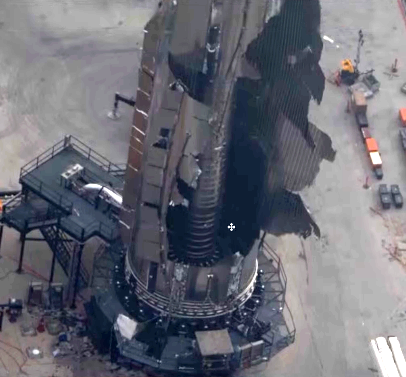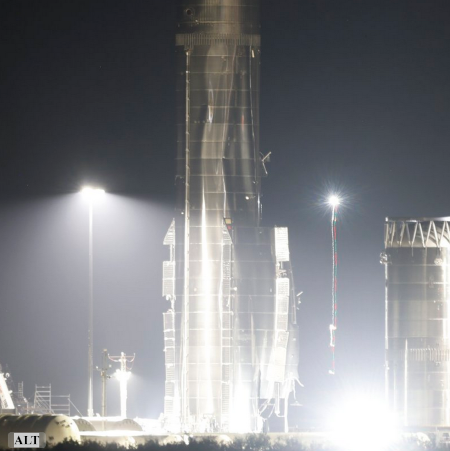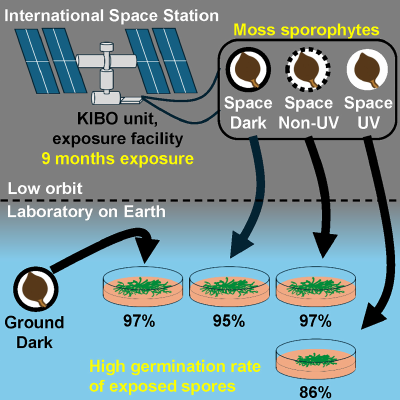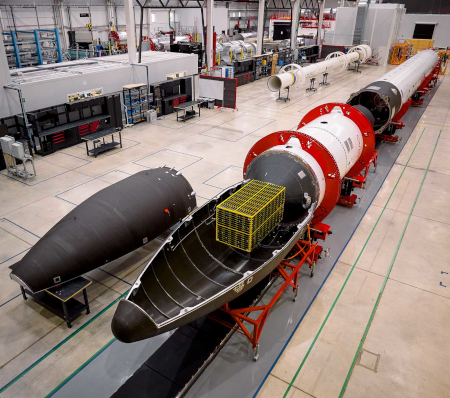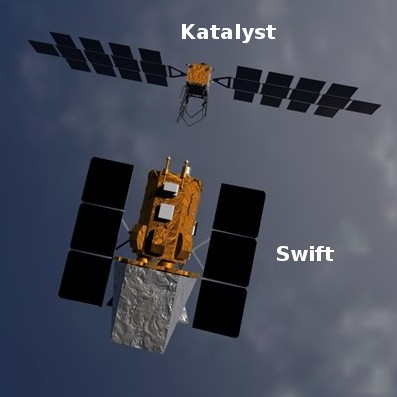SpaceX launches 28 Starlink satellites; 1st stage flies for first time
UPDATE: When I wrote this post, several sources stated that the first stage was flying for its thirtieth time. I relied on those sources. As it turns out, they were wrong. The first stage on this launch was flying for its first time. The post below has been rewritten to correct this error.
———————–
SpaceX early this morning successfully placed another 28 Starlink satellites into orbit, its Falcon 9 rocket lifting off from Vandenberg Space Force Base in California.
The first stage completed its first flight, landing on a drone ship in the Pacific.
The leaders in the 2025 launch race:
154 SpaceX (a new record)
72 China
15 Rocket Lab
13 Russia
SpaceX now leads the rest of the world in successful launches, 154 to 120.
UPDATE: When I wrote this post, several sources stated that the first stage was flying for its thirtieth time. I relied on those sources. As it turns out, they were wrong. The first stage on this launch was flying for its first time. The post below has been rewritten to correct this error.
———————–
SpaceX early this morning successfully placed another 28 Starlink satellites into orbit, its Falcon 9 rocket lifting off from Vandenberg Space Force Base in California.
The first stage completed its first flight, landing on a drone ship in the Pacific.
The leaders in the 2025 launch race:
154 SpaceX (a new record)
72 China
15 Rocket Lab
13 Russia
SpaceX now leads the rest of the world in successful launches, 154 to 120.


